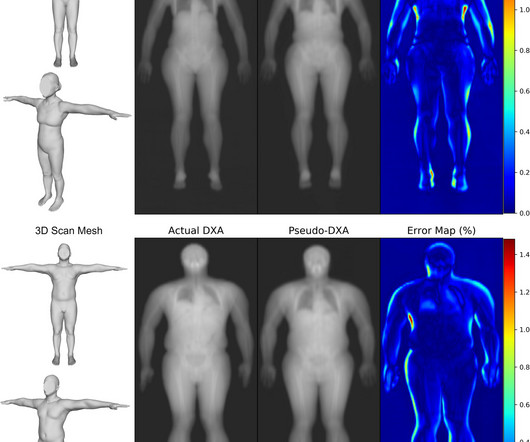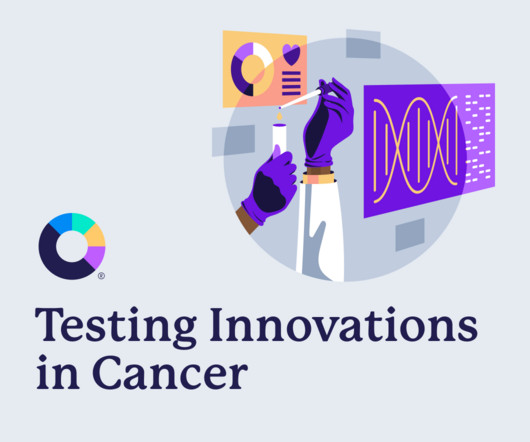Another Study on Peripheral Vasopressors
REBEL EM
FEBRUARY 19, 2024
Background: Use of vasopressors is a common practice to support hemodynamics and optimization of tissue perfusion in patients presenting with shock. Historically the administration of vasopressors was restricted to central venous catheters (CVC) due to concerns for local tissue injury resulting from vasoconstriction if extravasation occurred from a peripheral IV.






























Let's personalize your content